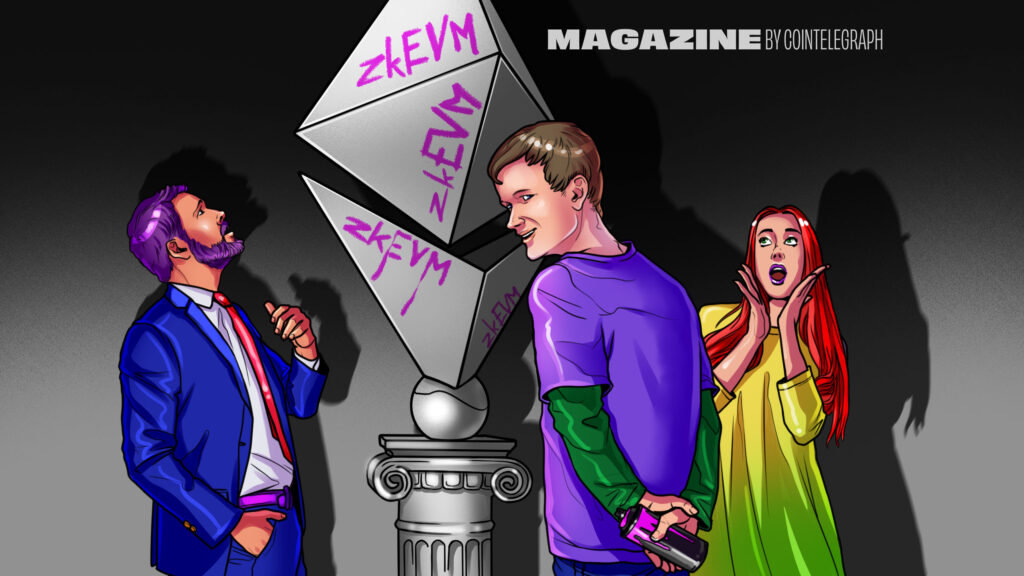The past few weeks have seen a wave of zero-knowledge proof project launches, including Polygon’s zkEVM and Matter Lab’s zkSync Era on mainnet, and the Linea zkEVM from ConsenSys on testnet.
They join StarkWare’s long-running StarkEx solution and its decentralized cousin StarkNet along with a variety of other projects in development from Polygon (Miden, Zero, etc.) and Scroll.
They all promise faster and cheaper transactions to scale Ethereum using zero-knowledge proofs.
But is the brutal competition between ZK-rollups a zero-sum game where there can be only one winner? Or are we looking at a future in which lots of different rollups are able to work in harmony and interoperably?
Anthony Rose, head of engineering for zkSync, thinks the latter future is much more likely and predicts that one day, no one will think about which ZK-rollup they are on because it’ll all just be infrastructure.
“I think that if we don’t get to that world, then we’ve probably failed,” he says. “It’s the same way as somebody using Snapchat or Facebook doesn’t really have to know about TCP/IP or HTTP — it’s just the plumbing of the way the internet works.”
But how do we move from a bunch of competing sovereign rollups to an ecosystem of ZK solutions that are interoperable and composable?
People are already starting to think about this question, and all of the ZK projects Magazine spoke to have plans to make their projects interoperable with at least some other rollups — although the extent to which that can happen likely depends on the development of standards and protocols.
Also read: Attack of the zkEVMs! Crypto’s 10x moment
Zero knowledge about ZK-rollups?
If you’re unfamiliar with the term “zero-knowledge proofs” — which StarkWare insists should be called “validity proofs” — they’re a way to scale Ethereum using cryptography. Rollups take the computation for tens of thousands of transactions off the main blockchain and write a tiny cryptographic proof back to Ethereum that proves the computation was carried out correctly.
“Every proof we generate covers roughly 20,000 transactions and fits inside a single block of Ethereum,” explains StarkWare co-founder Eli Ben-Sasson.
Despite this increase in transactions per block, zkSync’s Rose doesn’t think Ethereum can come close to scaling up to become the base layer for…
Click Here to Read the Full Original Article at Cointelegraph.com News…
























